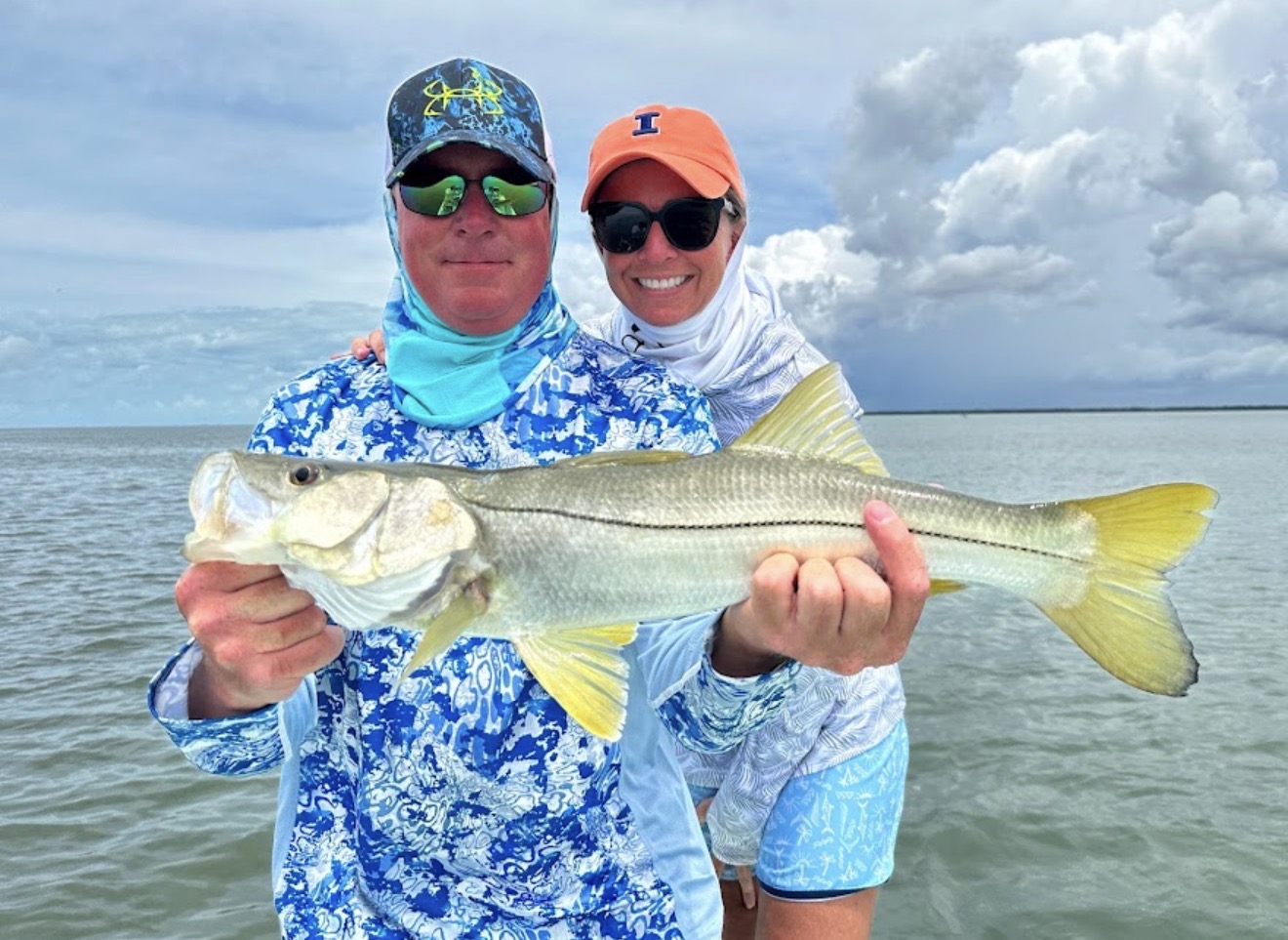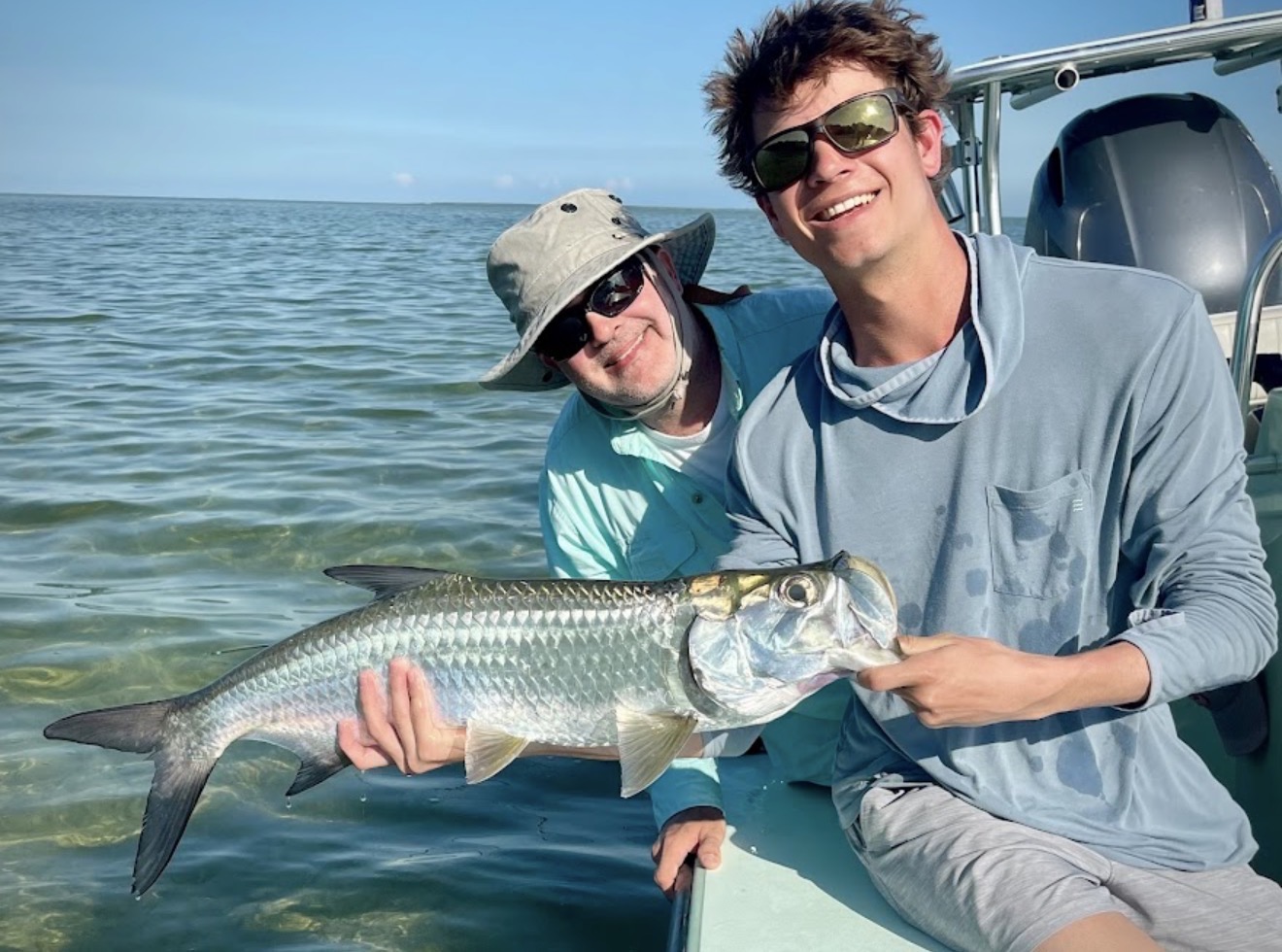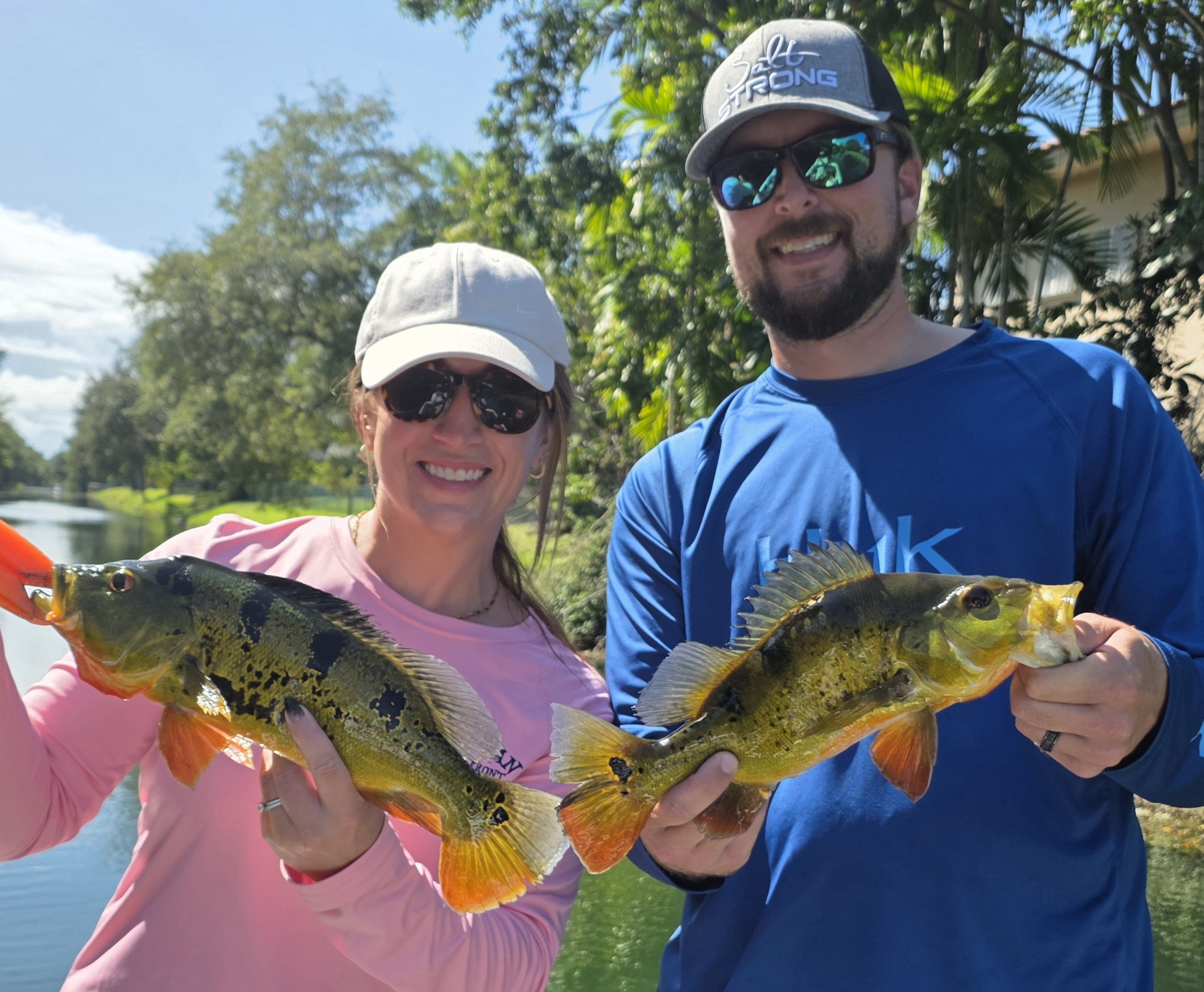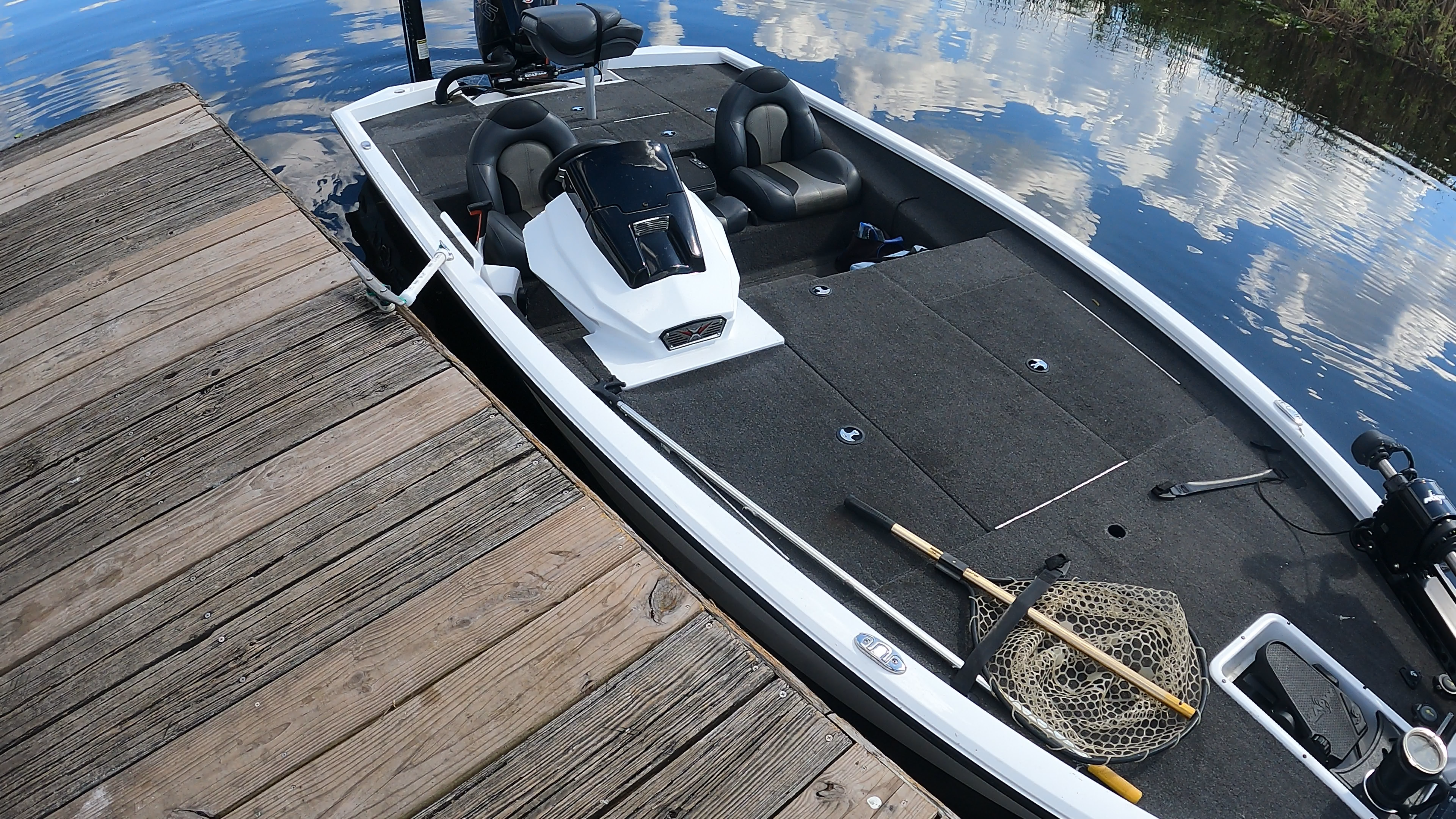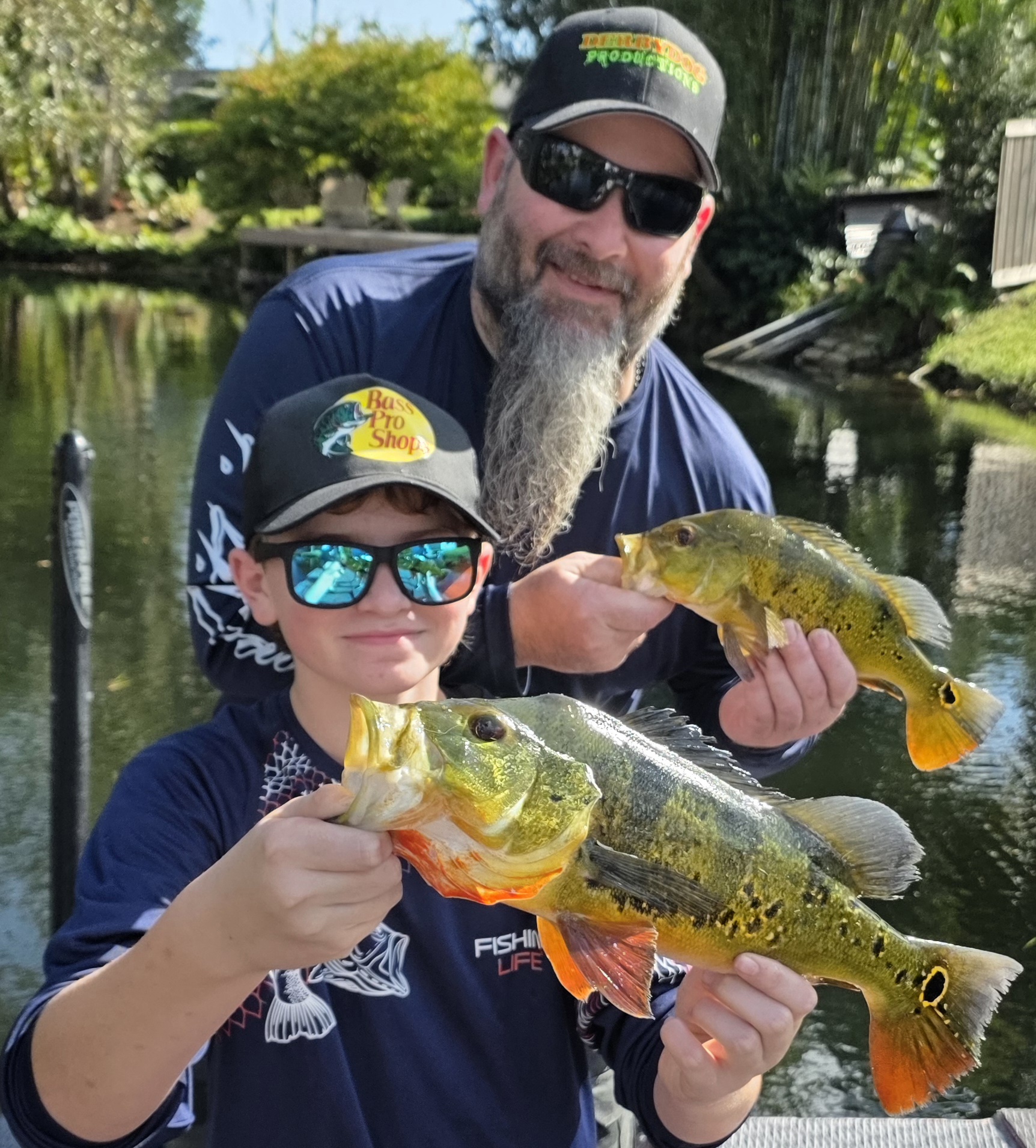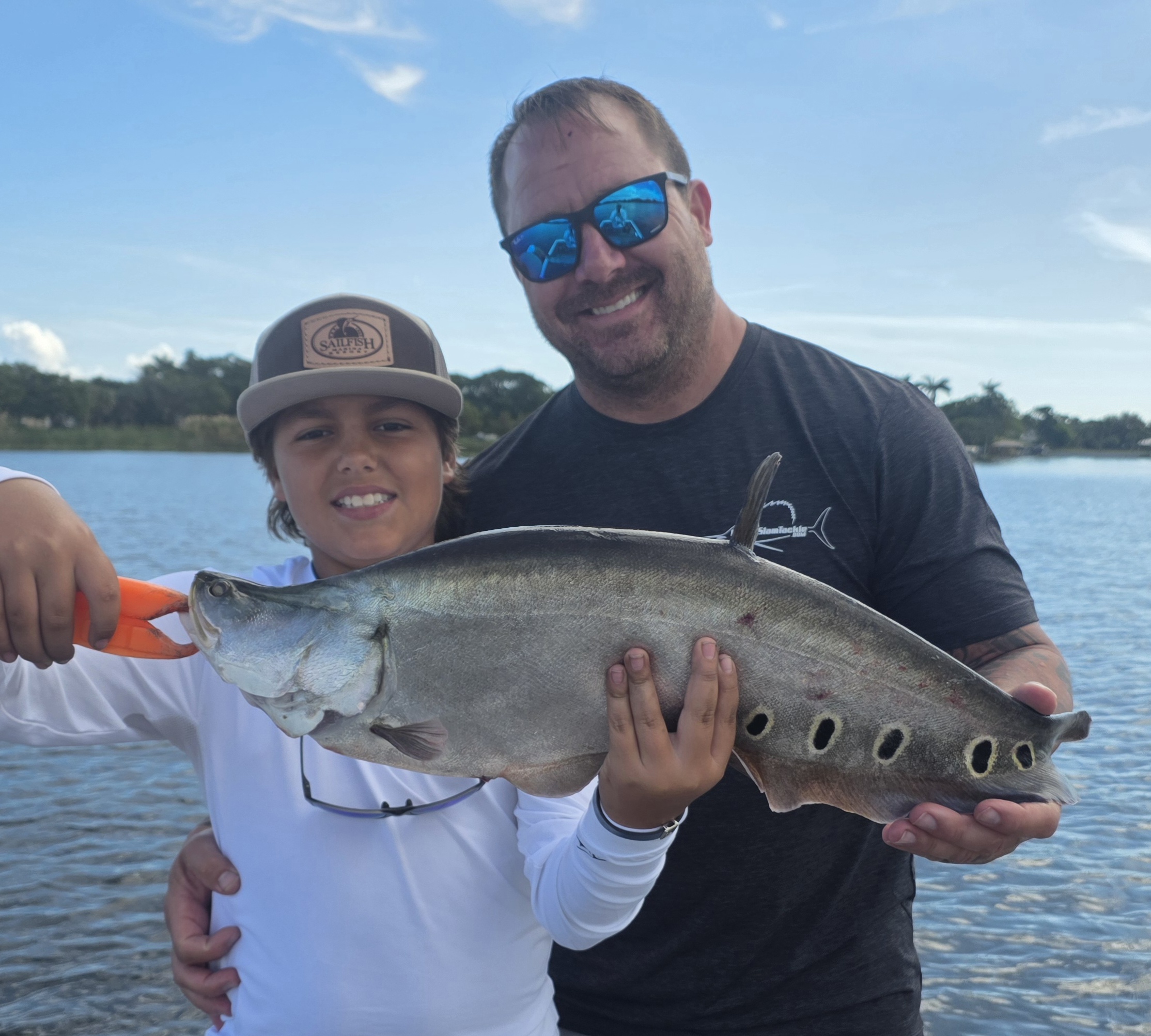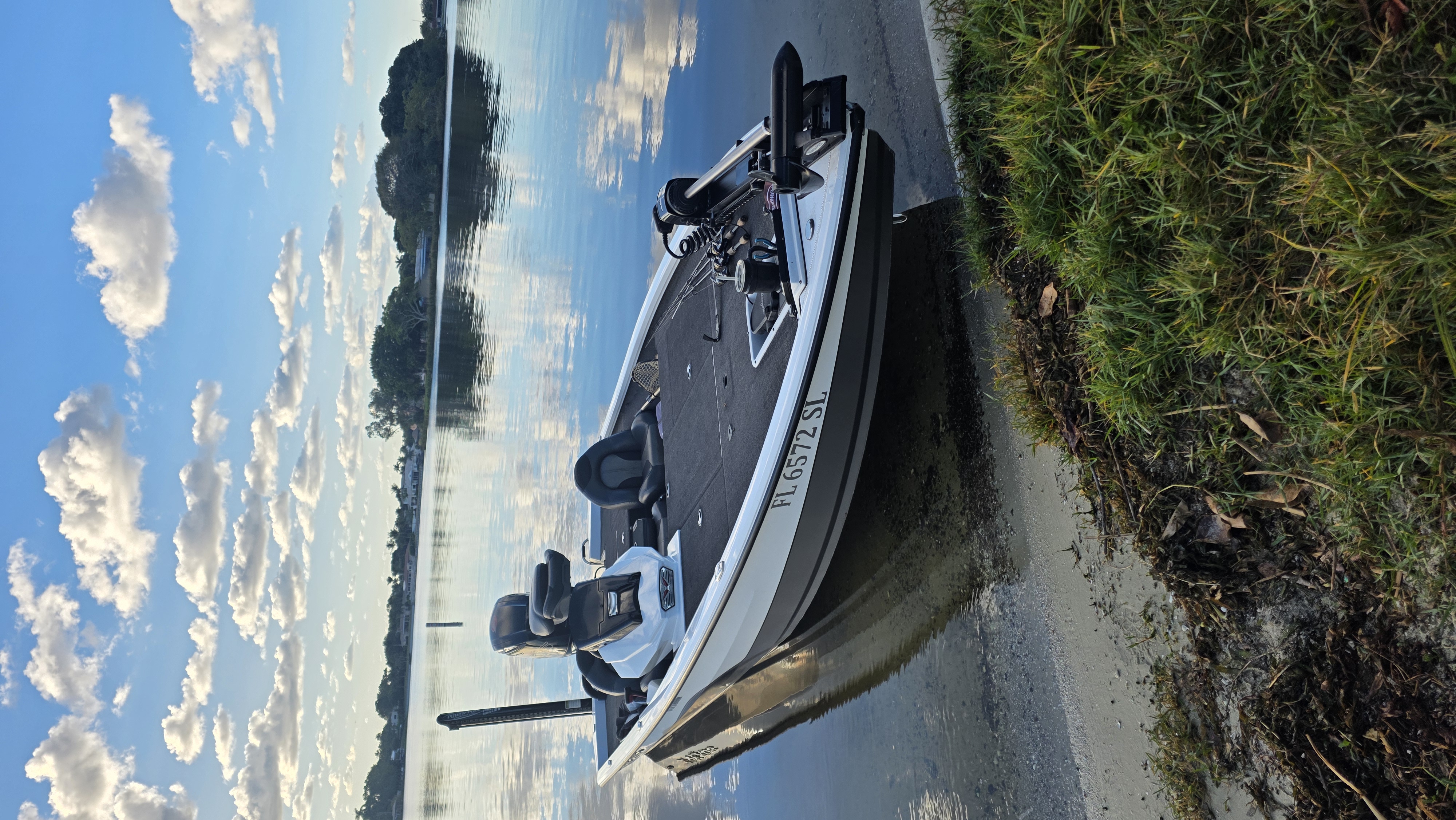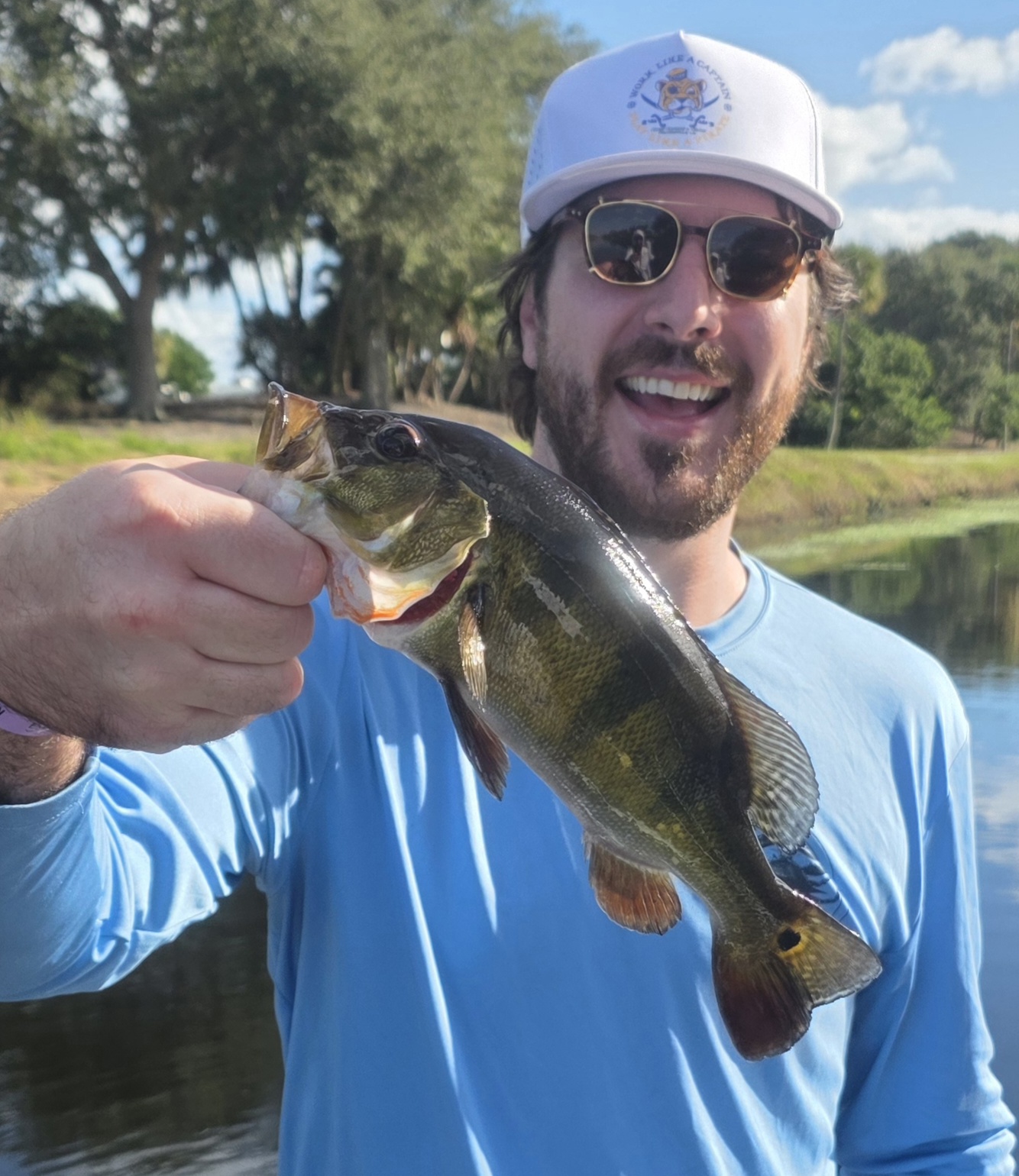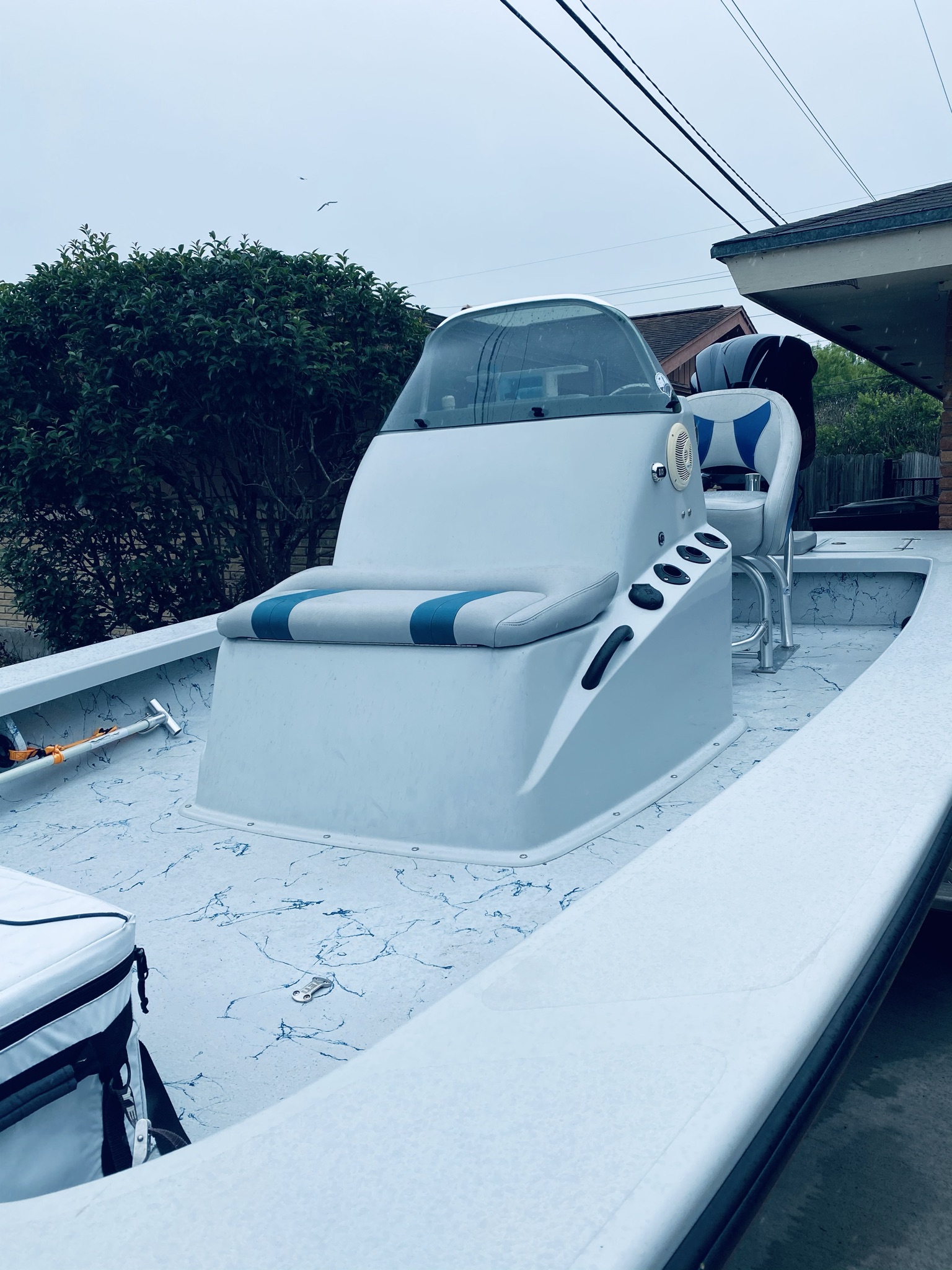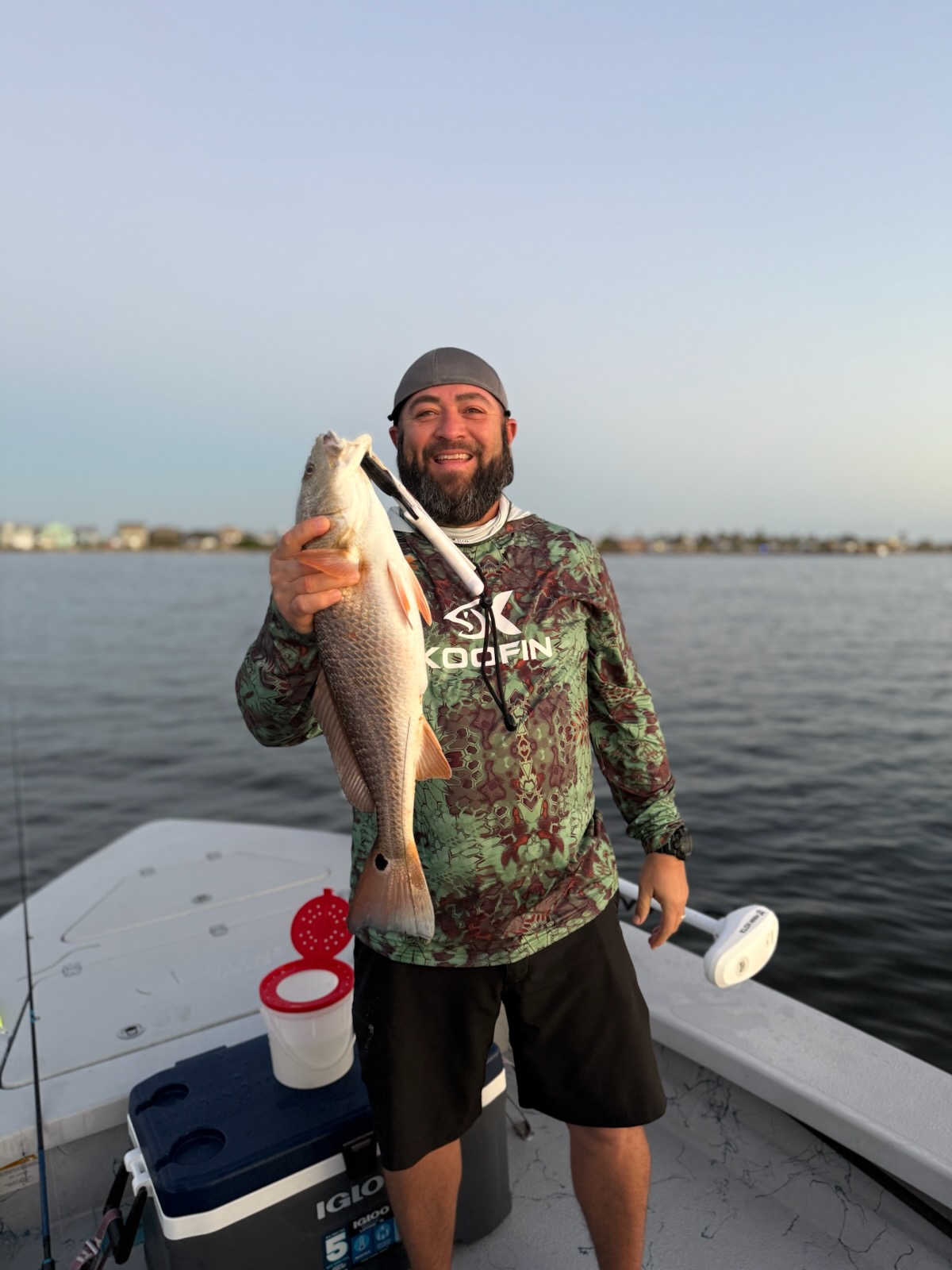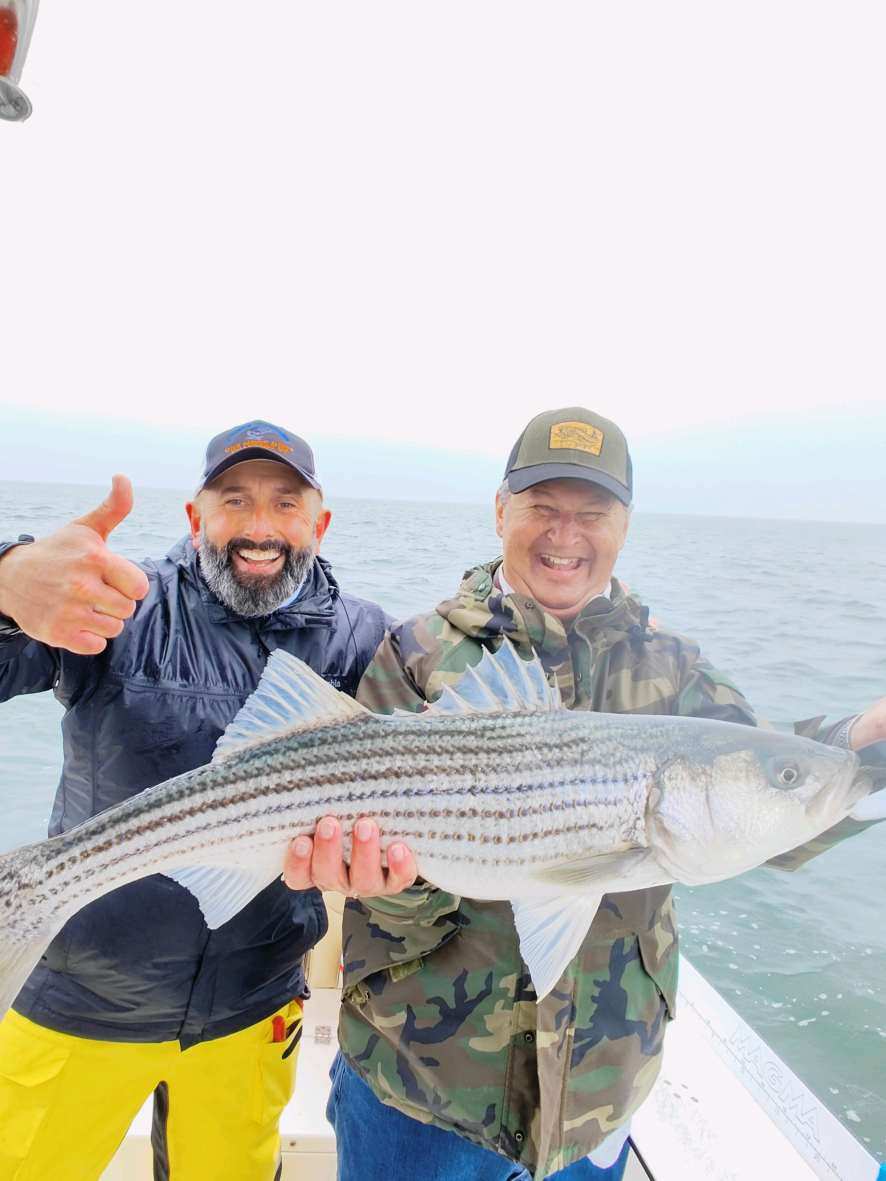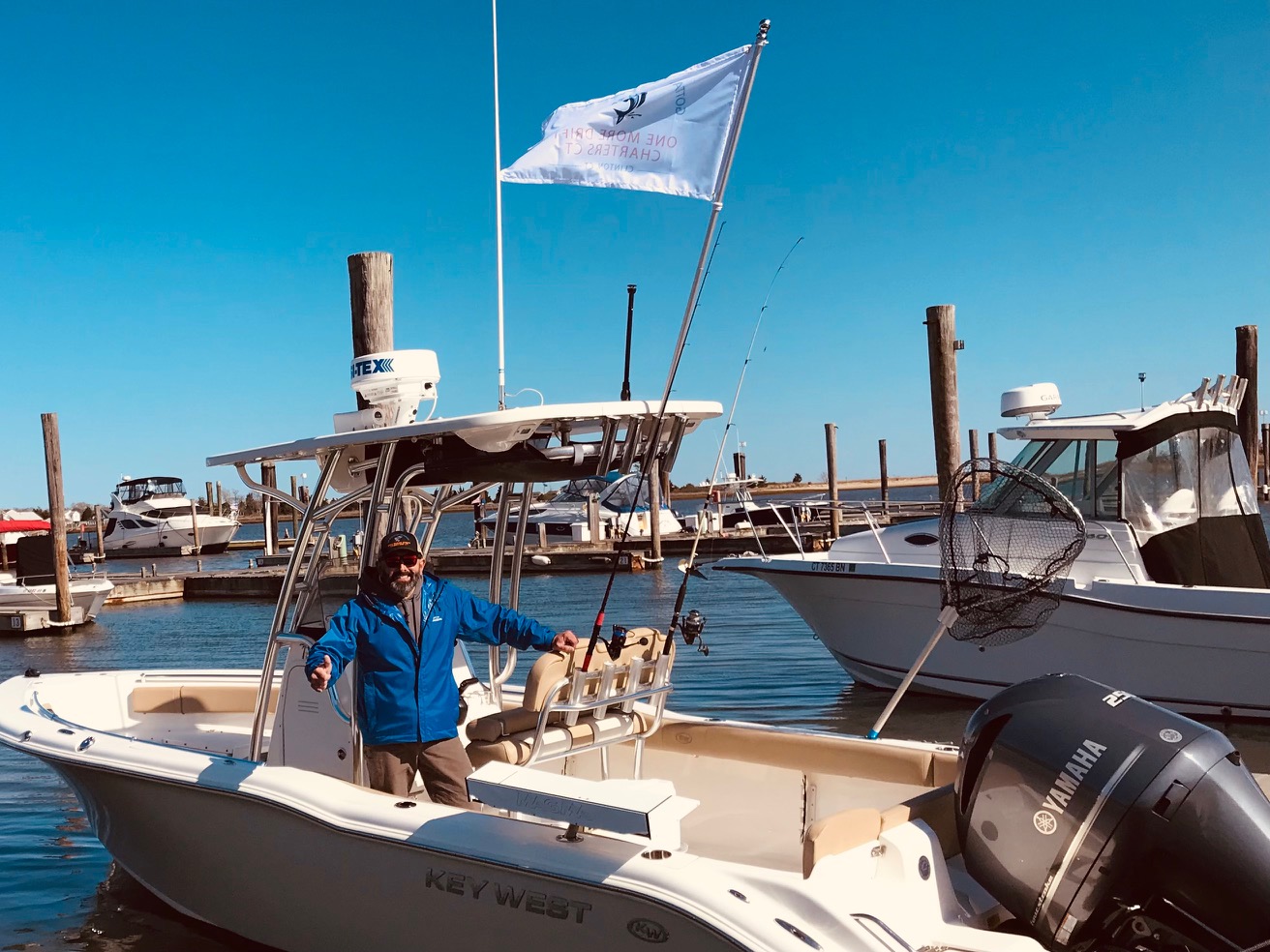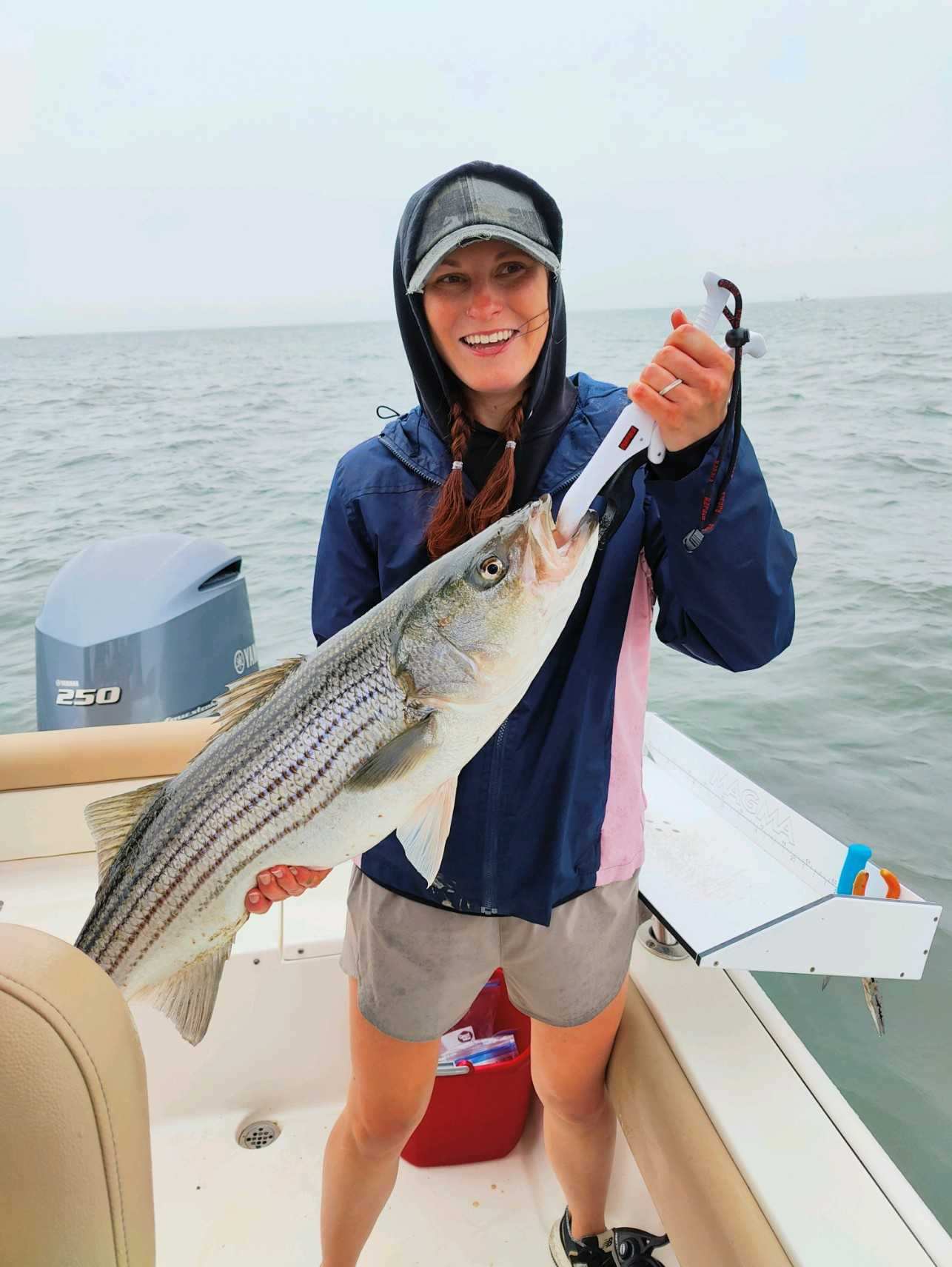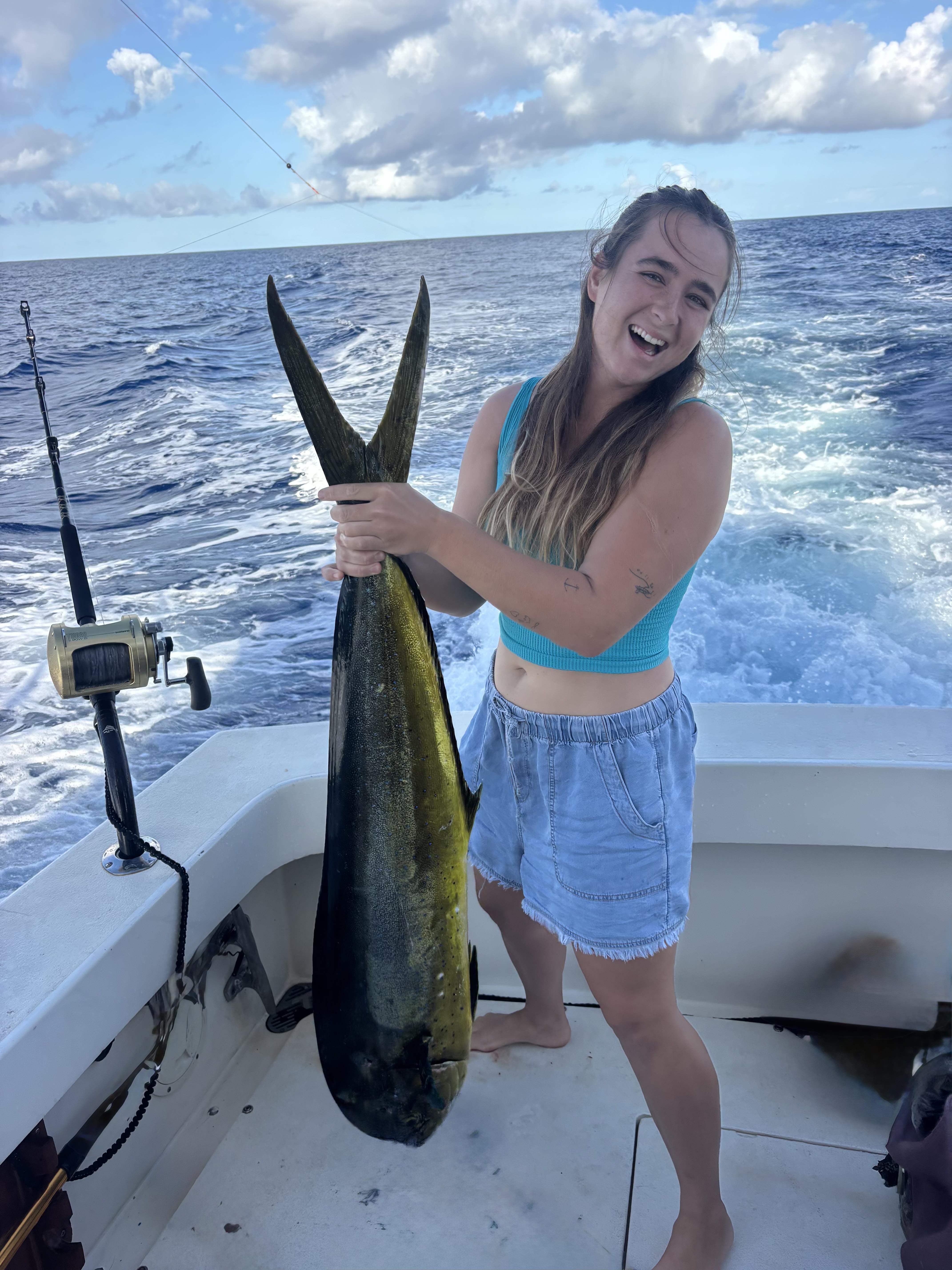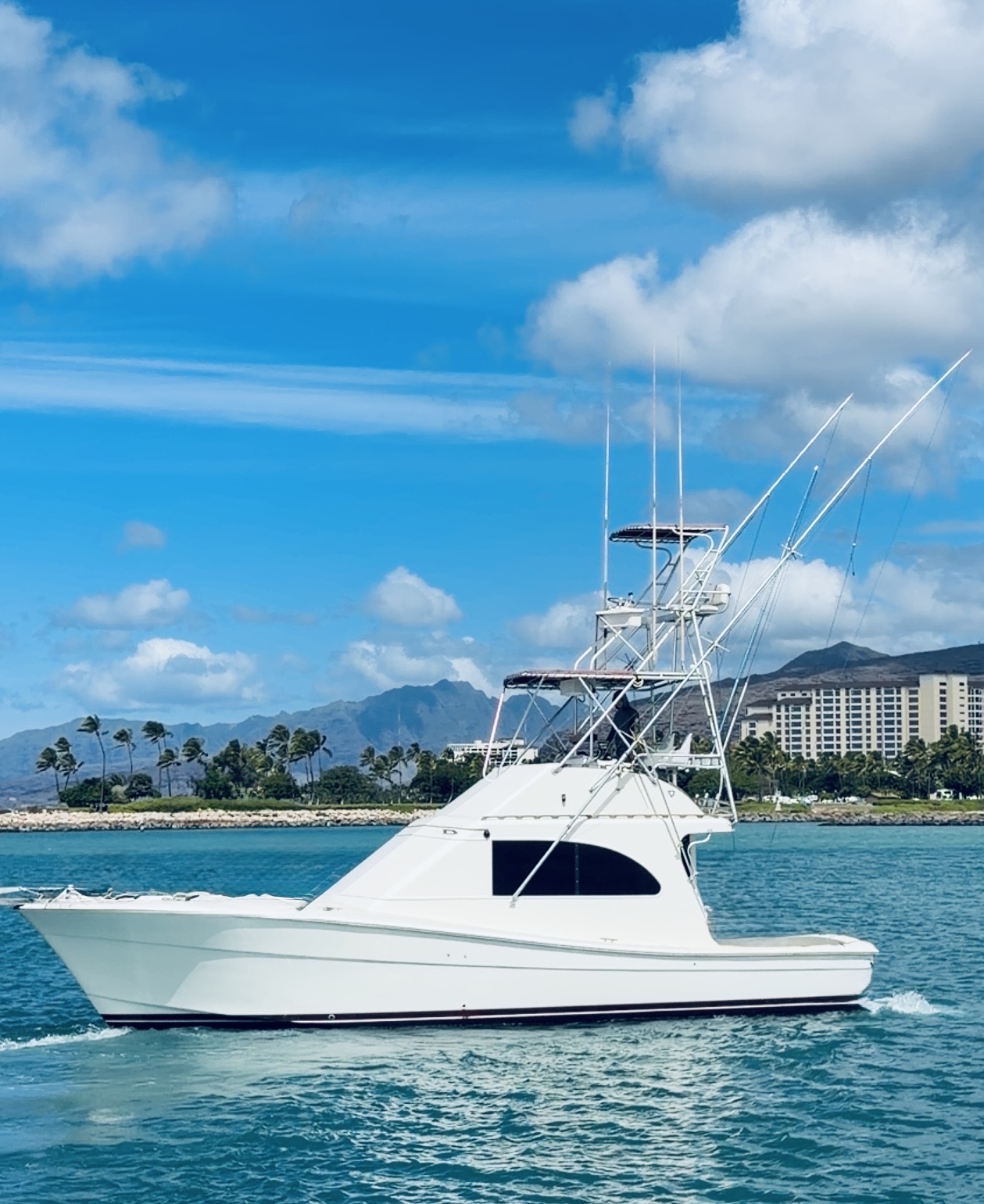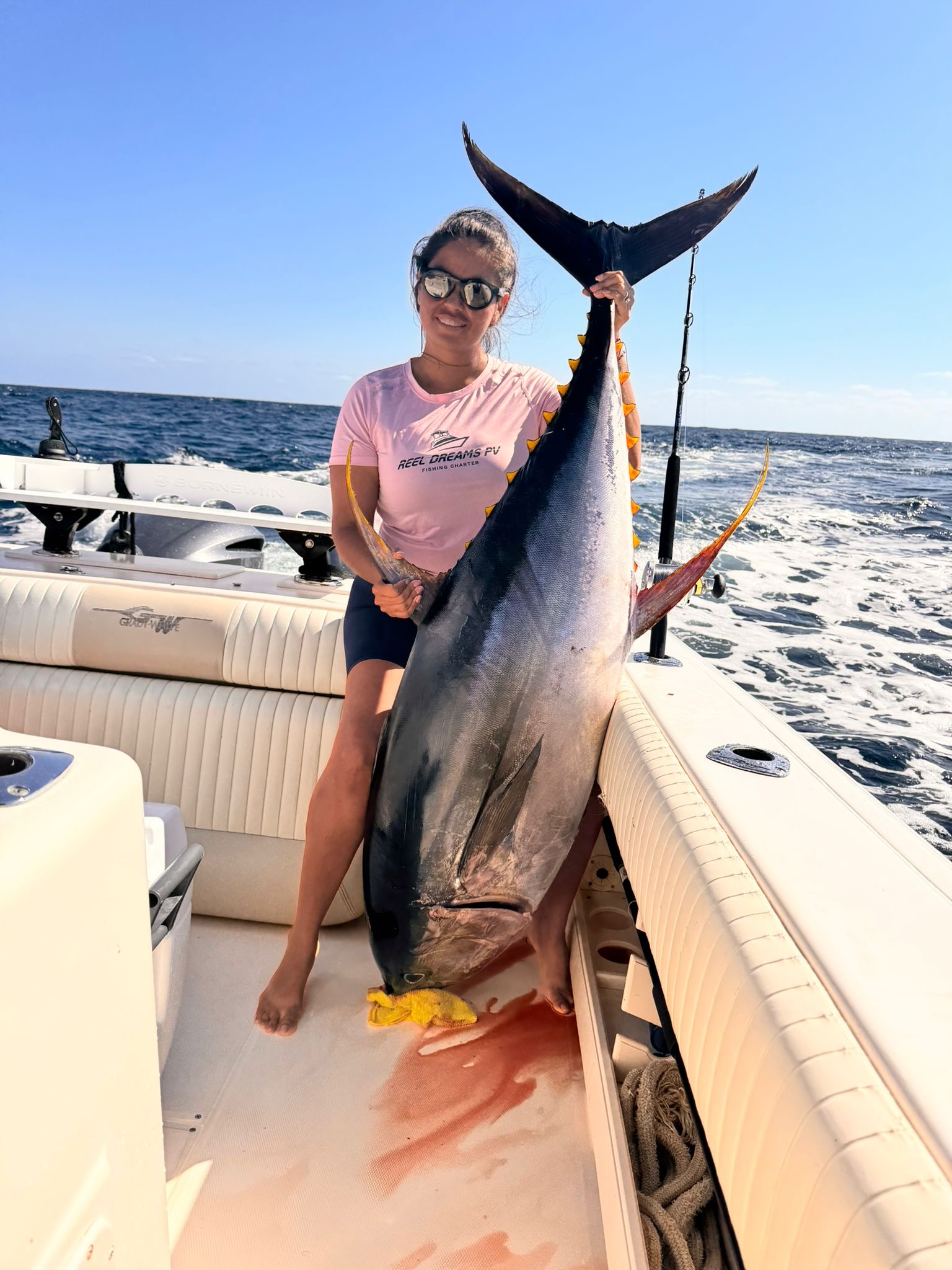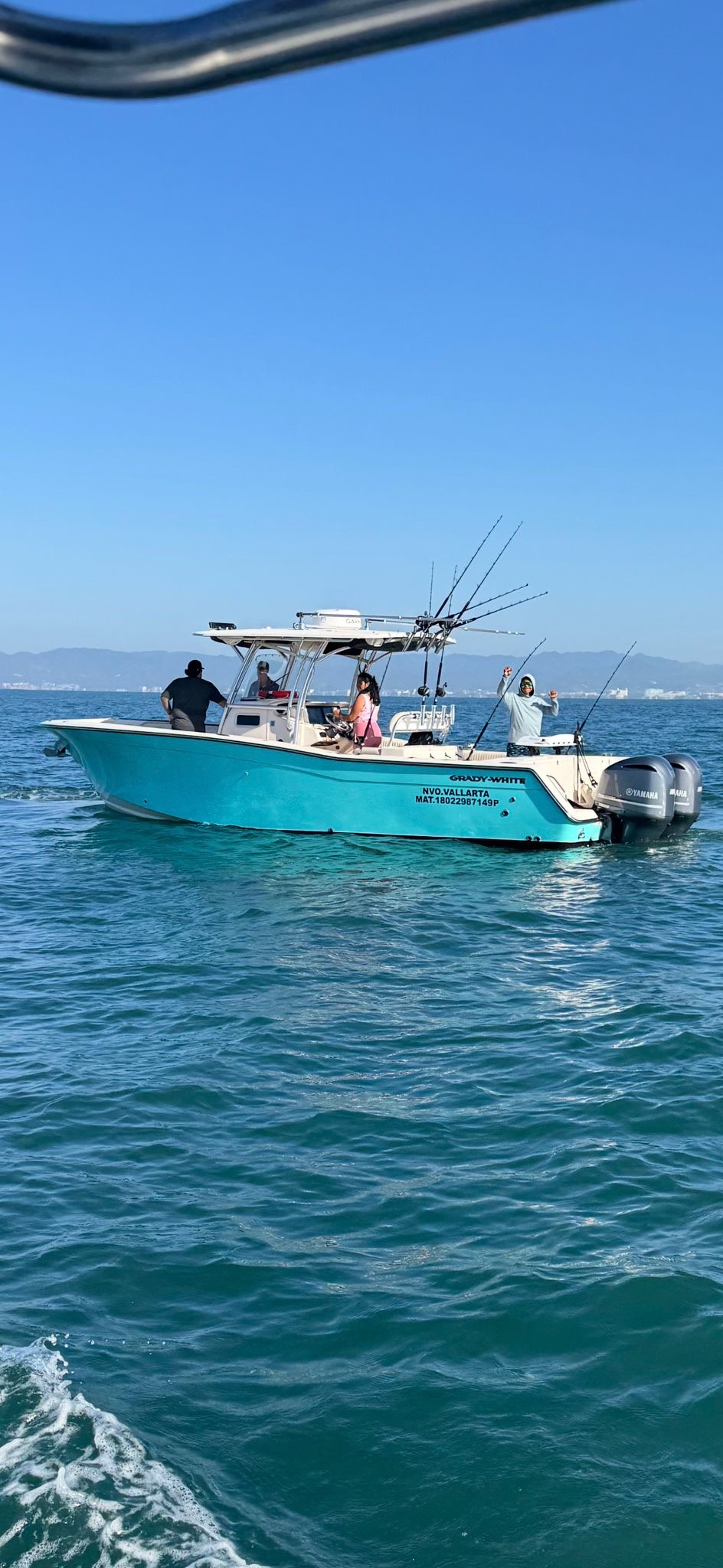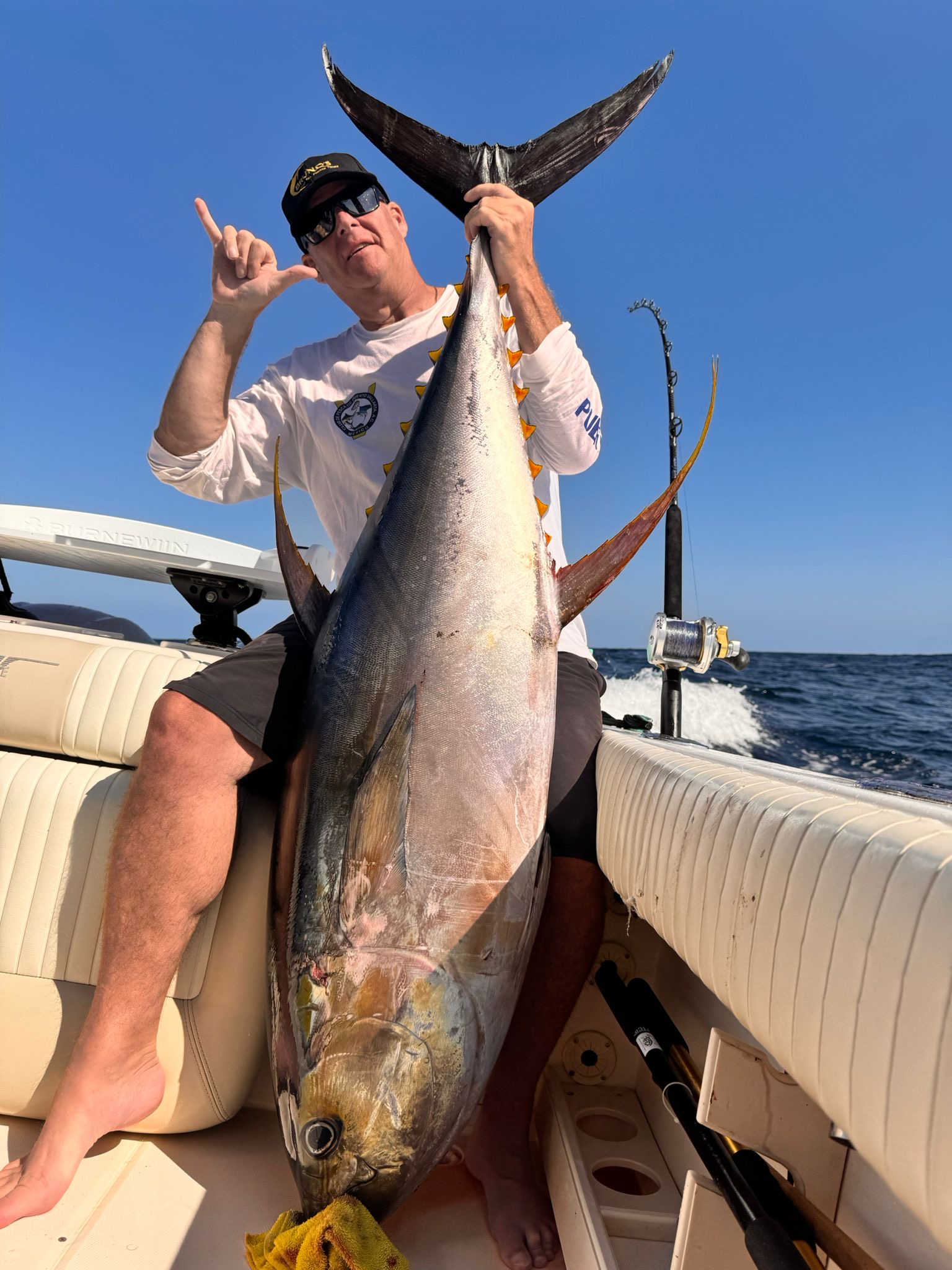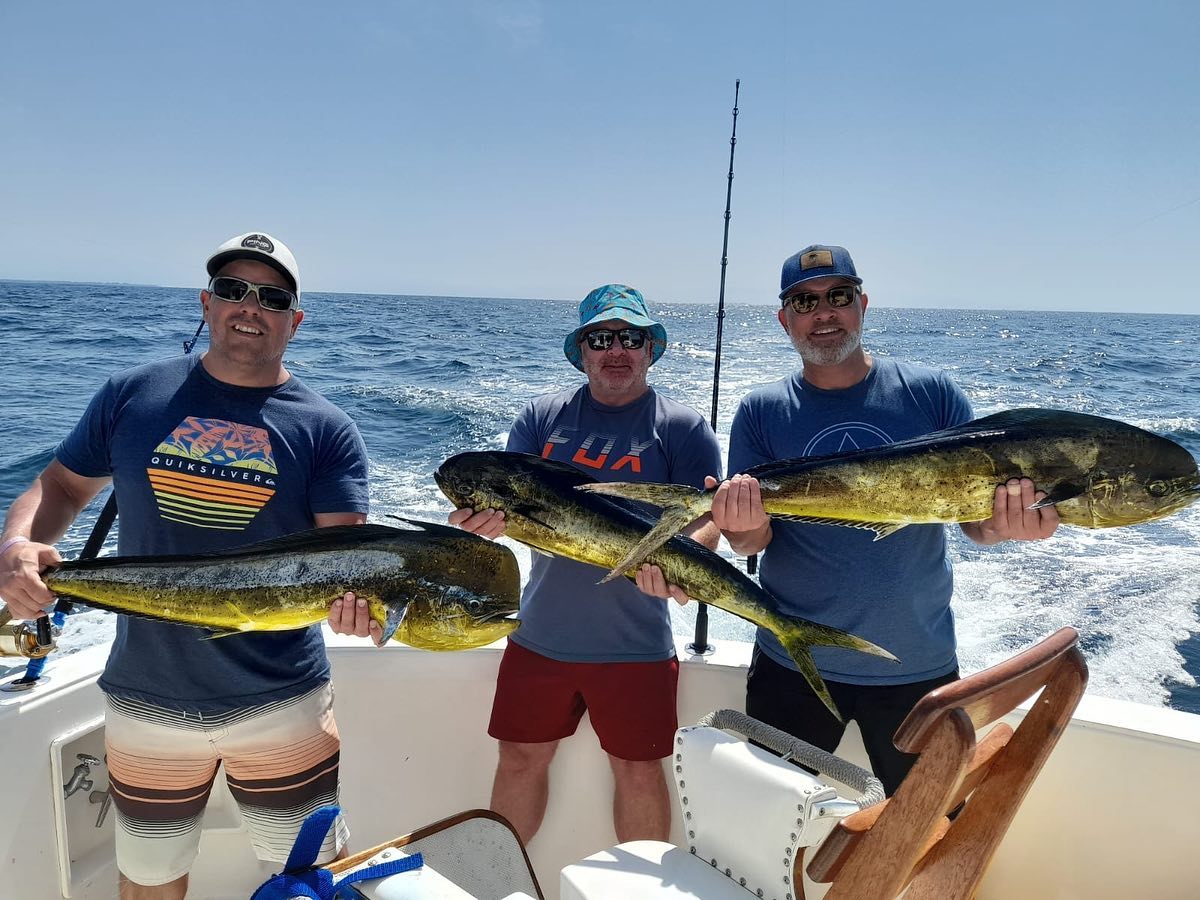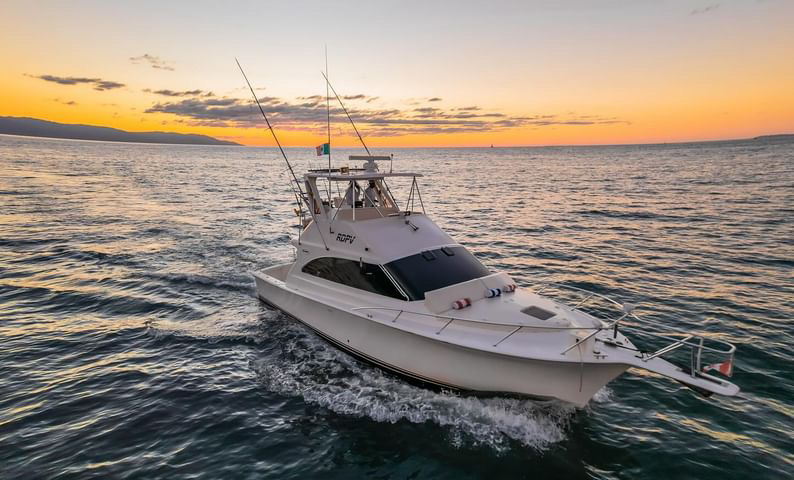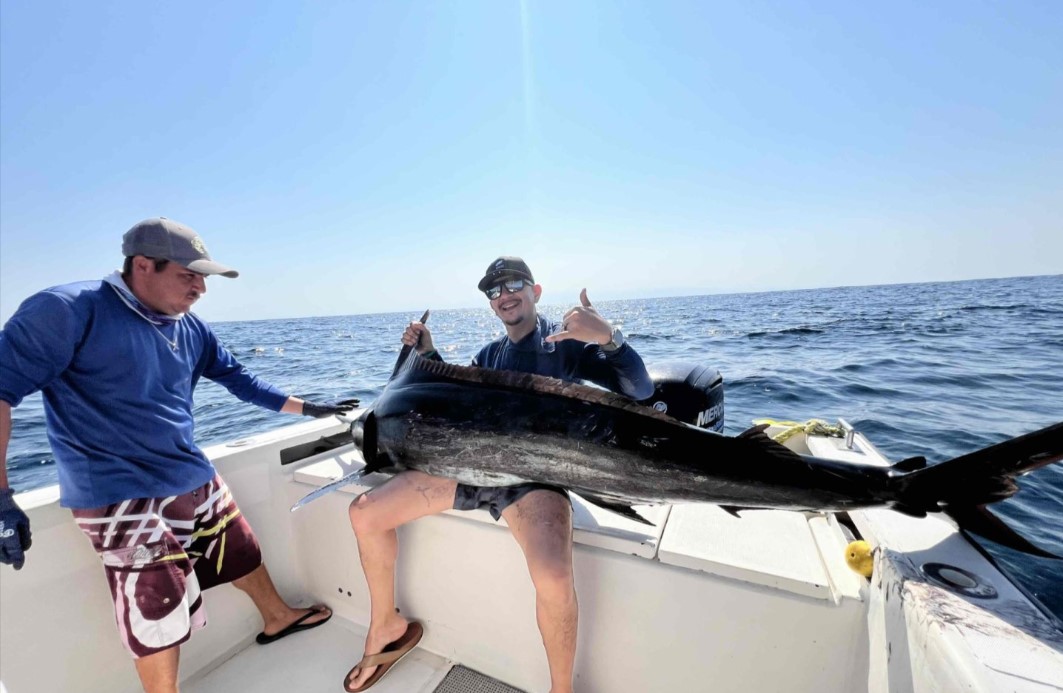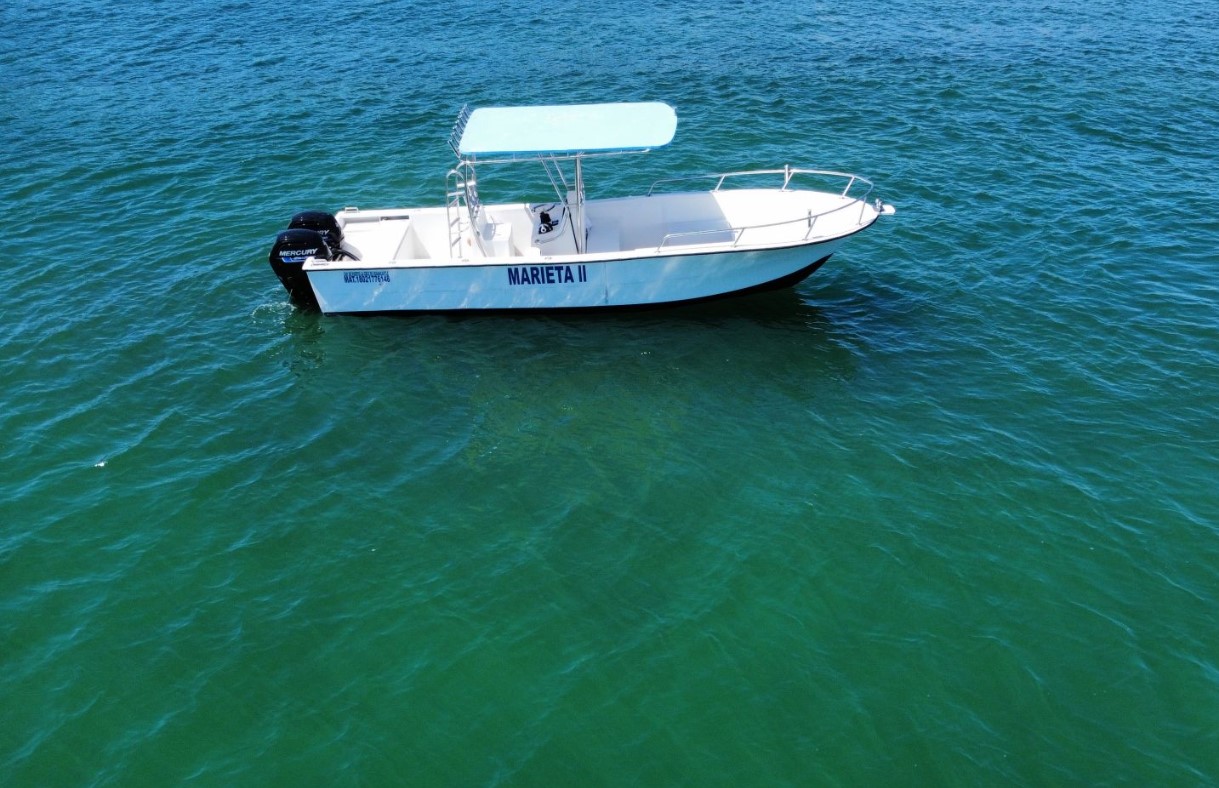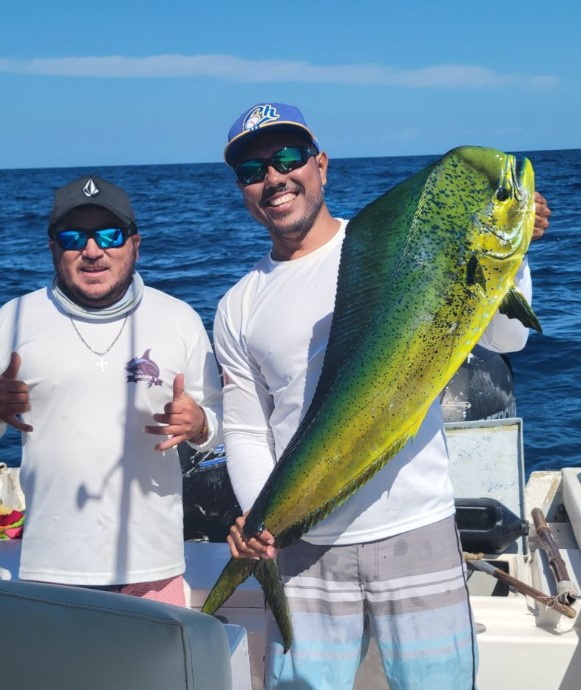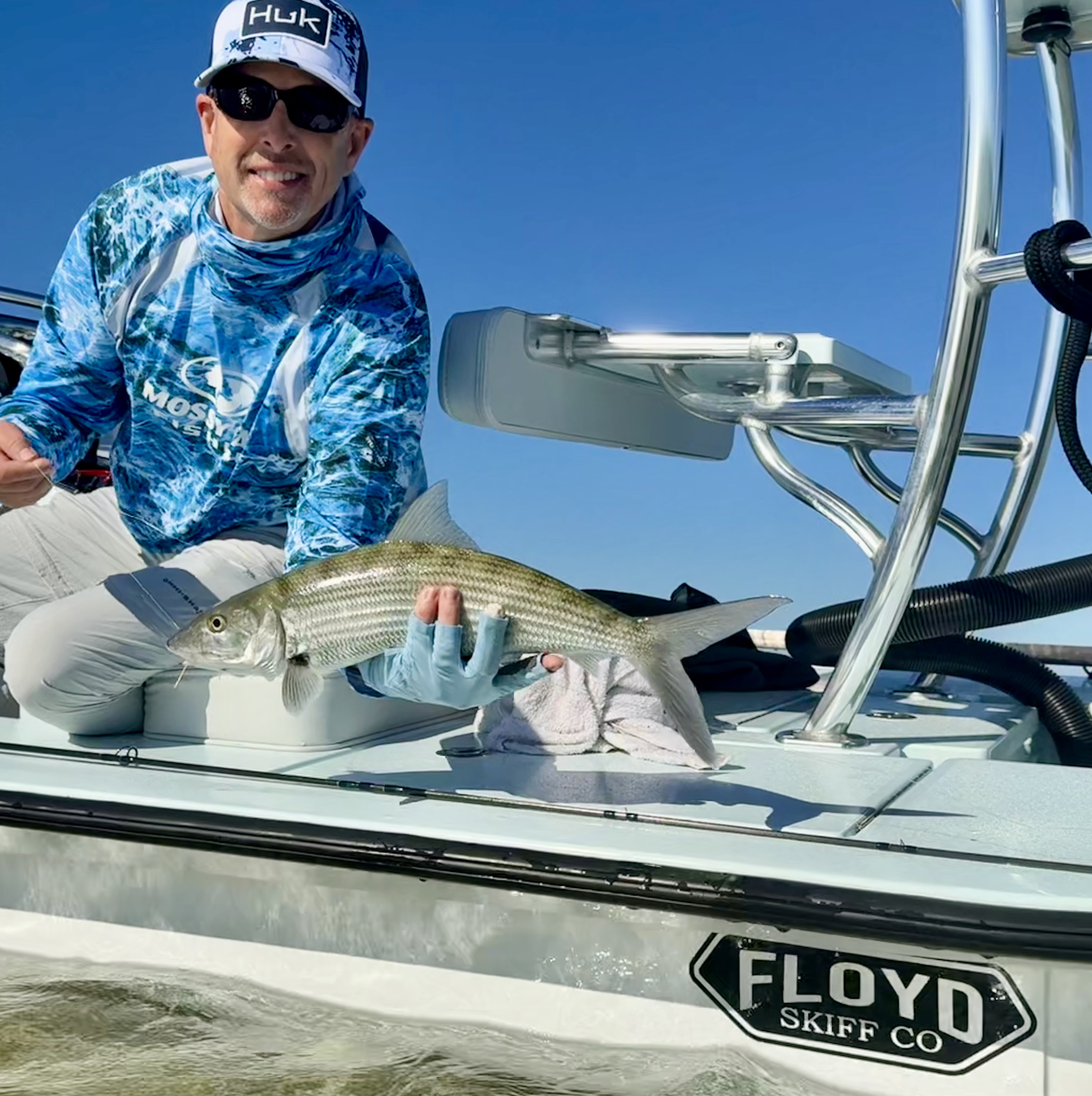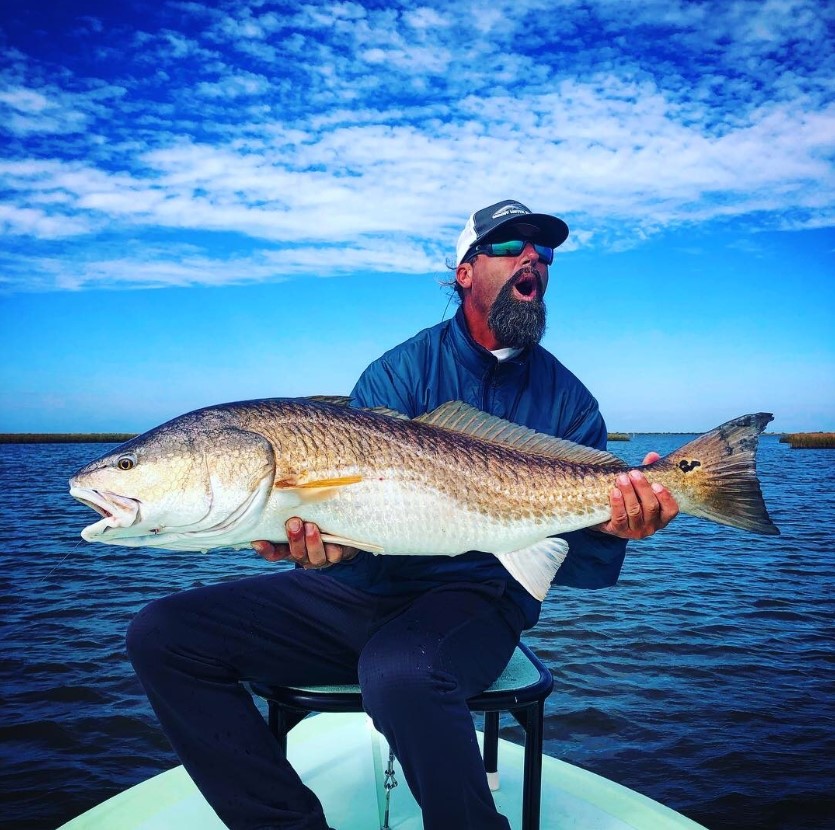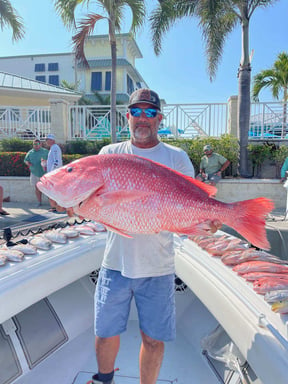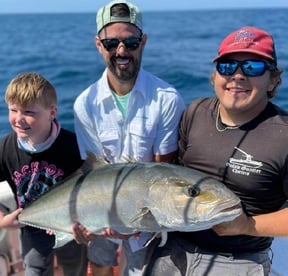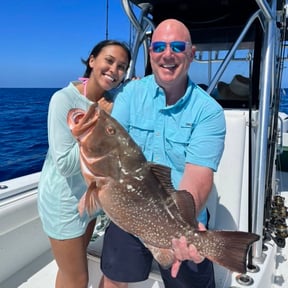Inshore, Nearshore, Flats in Tavernier
Sight Fishing Everglades Natl Park
Miami Peacock (4-8HR)
Lake Ida (4-8HR)
Inshore Fishing in Corpus Christi
Hook, Line & Memories Fishing Trip
Inshore, Nearshore Fishing in Clinton
5HR Trip PM Bottom/ Reef
Deep Sea Fishing in Kailua-Kona
Half Day Charter 4 Hours
Deep Sea Fishing in Puerto Vallarta
31 Ft Grady White Deep Sea Fishing
Inshore, Deep Sea Fishing in Cruz de Huanacaxtle
Luxury 40 Ft Yacht La Cruz
Deep Sea Fishing in Corral del Risco
5-8 Hour Offshore Trip
Inshore, Flats Fishing in Key West
4-8 Hour Inshore Fishing Trip
We started Captain Experiences to make it easy to book fishing and hunting guides around the world. With over 2,000 Damn Good Guides, our platform makes finding and booking a trip seamless. Head here to check out our trips.
The First Topwater Lures
The topwater popper is one of the most universally accepted artificial lures ever created catching fish in every type of water across the country. The origin of this lure is not clear because lures in various styles were handmade and used by anglers for hundreds of years. The first manufactured lure in the United States was the Slopenose Dowagiac Expert created by James Heddon in 1902 and it vaguely resembled a popper.
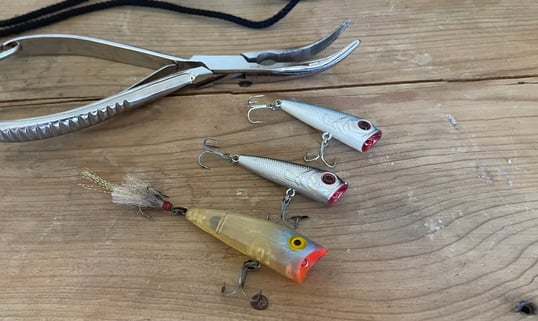
The First Popper
In 1926 Fred Arbogast created the Jitterbug, a wooden lure featuring a round plug body and an open cupped mouth. Fred would later release the Hula Popper in 1941 which further refined the design and added a hula skirt to the tail. This design has withstood the test of time with the same basic shape being utilized by every popper since. The early success of the first poppers made it a staple for bass fishing but over the years this lure has evolved into many different versions.
Variations of the Popper
Poppers continued to grow in the bass fishing community with anglers winning tournaments on the lure regularly. As anglers started taking this lure to other bodies of water and realizing how effective it was on other fish species, the popper started to evolve. They are now being made in every shape, size, and color with variations of the popper in use everywhere from saltwater flats on the coast to cold mountain streams. Here’s a quick look at some of the most popular poppers in use today.
Pencil Popper
The Pencil Popper is a large popper between four and seven inches long with a tapered body and weighted tail. This variation was created to imitate whiting for targeting stripers on the east coast. The tapered body and weighted tail allow anglers to cast much further and cover more water. The bait makes a small splash and walks side to side during the retrieve. The success of the Pencil Popper with Atlantic stripers meant the lure was quickly adopted by anglers targeting freshwater stripers where it again found success.
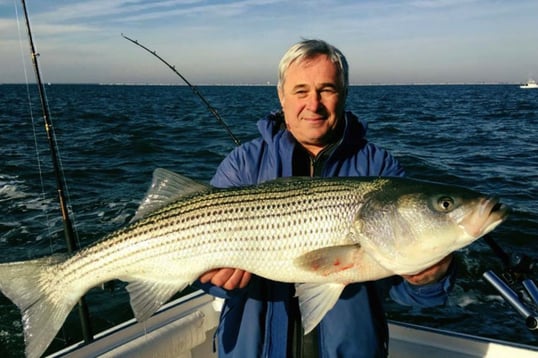
Fly Poppers
Poppers with tiny bodies, small hooks, and an array of skirts are a more recent evolution created for flyfishing. Since they were introduced these half-fly half lure poppers have found success catching fish everywhere from mountain streams to saltwater flats. It has the distinct tapered body and cupped mouth of a classic popper but the skirts are tied like a fly instead of the original hula skirt. These lures are made to resemble a variety of food sources from damselflies, dragonflies, and tadpoles in trout streams to skittering baitfish in flatwater.
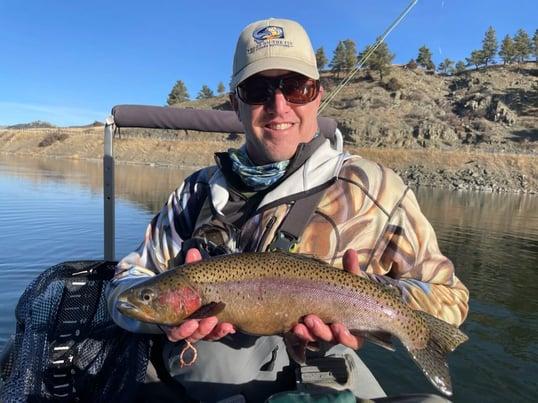
Chug Bug
The Chug Bug was the first popper to add small metal balls into the body of the lure that would move and rattle as it moved through the water. This lure has the familiar chug sound and combined with the rattle it’s a noisy lure. This was created for catching bass and the added noise supposedly draws fish to the surface faster and from greater depths.
Finesse popper
The finesse popper is a versatile lure with subtle but important differences. The body of this lure is on the smaller side measuring only two to three inches long but what makes it unique is the shape of its mouth. The finesse popper has the traditional cupped mouth but with the sides radiused slightly. This small change creates a popper that spits and pops but also walks side to side on the retrieve. The action of the bait can vary depending on the technique which gives anglers more control over the presentation of the lure.
Popping Corks
The popping cork is the basic form of a popper lure but serves as a bobber for suspending bait. The top of the cork is cupped like a popper but there are no hooks and generally no skirt. The popping cork is made to sit vertical with a leader passing through it but also pop and spit when tugged. These are used most commonly for inshore saltwater fishing with shrimp or baitfish suspended below the bobber. This combination has proven to be deadly against speckled sea trout, redfish, and black drum.
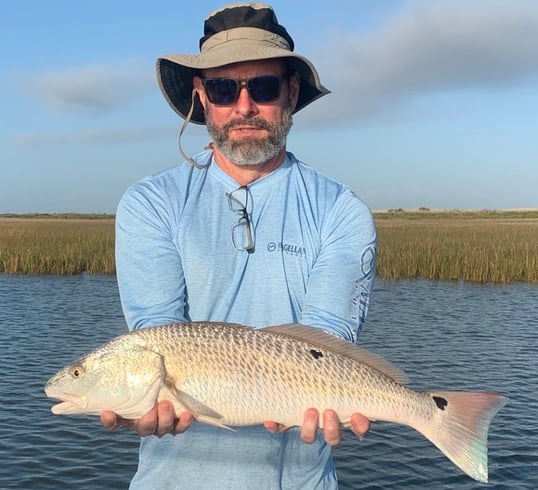
How to Use a Popper
The topwater popper is simple to learn and there are plenty of different techniques to try once you get the hang of it. The further the cast the longer the retrieve so give it a long toss and let it sit. Slowly reel in the slack then snap your rod up or down in a quick but short motion. This should make the popper spit some water and create the classic pop or chug sound.
How do Poppers Work?
Poppers and other topwater lures are effective because they mimic the appearance of common food sources fish feed on. With the surface being an easy way to trap and ambush prey fish think your bait is an easy meal. Poppers are particularly effective because they add sound and surface disturbance which fish can’t seem to ignore. Tugging a popper through the water creates a chugging sound while also spitting water in small splashes that imitate the sound and appearance of a fish sucking in water while striking at prey near the surface. Naturally because fish compete for food, If prey is in the area, they don’t want to miss out.
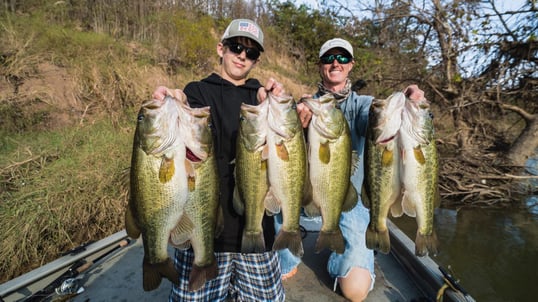
Topwater Poppers
With the success of poppers over the last 80+ years, it’s safe to say that they are here to stay. While the popper has been adapted to target nearly every fish, the original Jitterbug and Hula Popper are still remarkably effective at getting bites. The popper is a hall of fame lure that carries widespread appreciation and nostalgia but can still be found in the tackle box of every angler.
Joey Butrus
Updated on August 2, 2023

July 31, 2024

March 8, 2022

August 21, 2023

January 19, 2021

January 7, 2022
Related Articles
August 2, 2023
July 29, 2022
January 13, 2023
Featured Locations
- Fishing Charters Near Me
- Austin Fishing Guides
- Biloxi Fishing Charters
- Bradenton Fishing Charters
- Cabo San Lucas Fishing Charters
- Cancun Fishing Charters
- Cape Coral Fishing Charters
- Charleston Fishing Charters
- Clearwater Fishing Charters
- Corpus Christi Fishing Charters
- Crystal River Fishing Charters
- Dauphin Island Fishing Charters
- Daytona Beach Fishing Charters
- Destin Fishing Charters
- Fort Lauderdale Fishing Charters
- Fort Myers Fishing Charters
- Fort Walton Beach Fishing Charters
- Galveston Fishing Charters
- Gulf Shores Fishing Charters
- Hatteras Fishing Charters
- Hilton Head Fishing Charters
- Islamorada Fishing Charters
- Jacksonville Fishing Charters
- Jupiter Fishing Charters
- Key Largo Fishing Charters
- Key West Fishing Charters
- Kona Fishing Charters
- Lakeside Marblehead Fishing Charters
- Marathon Fishing Charters
- Marco Island Fishing Charters
- Miami Fishing Charters
- Montauk Fishing Charters
- Morehead City Fishing Charters
- Naples Fishing Charters
- New Orleans Fishing Charters
- New Smyrna Beach Fishing Charters
- Ocean City Fishing Charters
- Orange Beach Fishing Charters
- Panama City Beach Fishing Charters
- Pensacola Fishing Charters
- Pompano Beach Fishing Charters
- Port Aransas Fishing Charters
- Port Orange Fishing Charters
- Rockport Fishing Charters
- San Diego Fishing Charters
- San Juan Fishing Charters
- Sarasota Fishing Charters
- South Padre Island Fishing Charters
- St. Augustine Fishing Charters
- St. Petersburg Fishing Charters
- Tampa Fishing Charters
- Tarpon Springs Fishing Charters
- Venice Fishing Charters
- Virginia Beach Fishing Charters
- West Palm Beach Fishing Charters
- Wilmington Fishing Charters
- Wrightsville Beach Fishing Charters
